Pixel city.
![]() A computer generated city by Shamus Young.
A computer generated city by Shamus Young.
The process is ” procedurally-generated ” programming meaning the 3-D city is generated dynamically each time the program runs.
A very detailed explanation by the author.
[via flowing data]
![]() A computer generated city by Shamus Young.
A computer generated city by Shamus Young.
The process is ” procedurally-generated ” programming meaning the 3-D city is generated dynamically each time the program runs.
A very detailed explanation by the author.
[via flowing data]
U.S. electric vehicles get big boost. Spain is shooting for a million electric vehicles by 2012. via huffington post [PR]
Rumor is…true! iPhone can cut and paste among 100 new features. via gizmodo [PR]

Here’s a clever concept to the mis-match aspect ratios for cinema ( 16/9 ) and television ( 4/3 ).
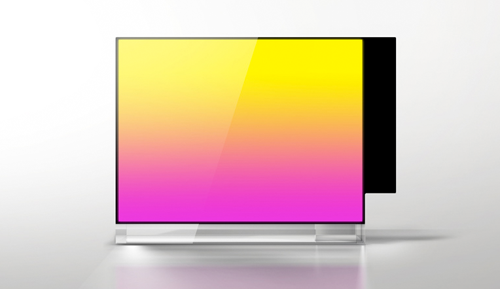
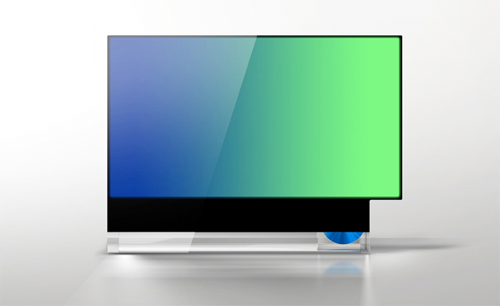
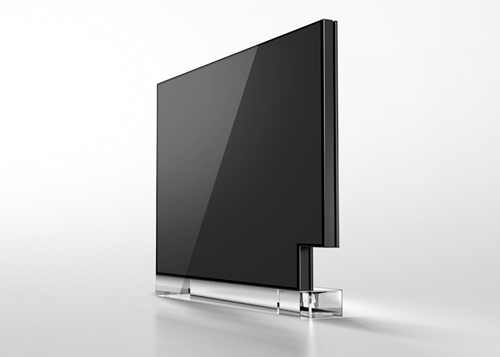
Not sure how its done but I don’t mind showing this piece of furniture. Being familiar with these dimensions it was easy to remember the model name: 16943. Never liked the 4/3 configure.
Designer: Studio Frst
[via josh spears]
A lighter, faster-charging battery could be on its way. via ecogeek [PR]
Whether this happens or not iPhone 3.0 copy & paste rumor grabs attention. via lifehacker [PR]
 Quite a few new concept cars as environment and economic issues force development.
Quite a few new concept cars as environment and economic issues force development.
Check these out.
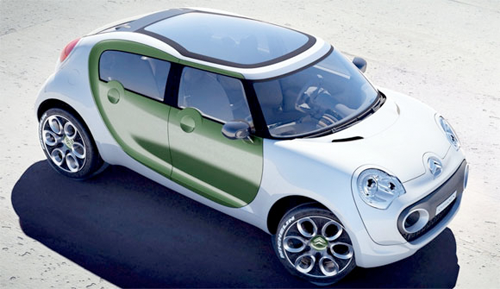
above: Citroen C-cactus concept
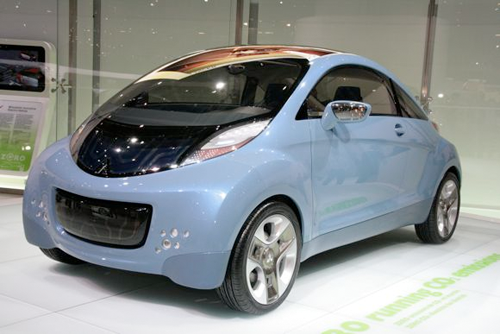
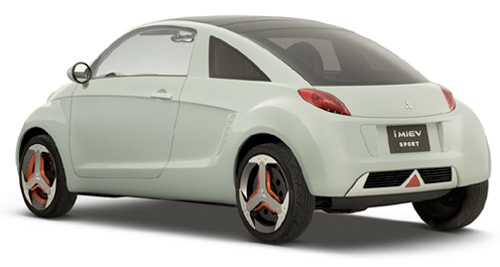
above: Mitsubishi, the iMiev Sport

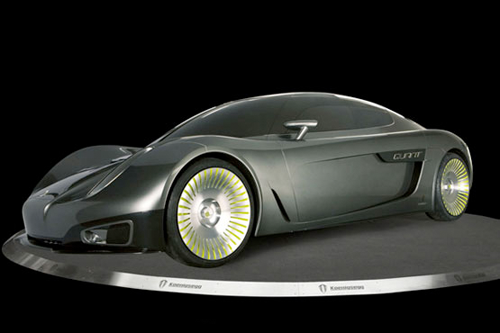
above: Koenigsegg Quant


above: Peugeot Shoo (photo: webecoist )
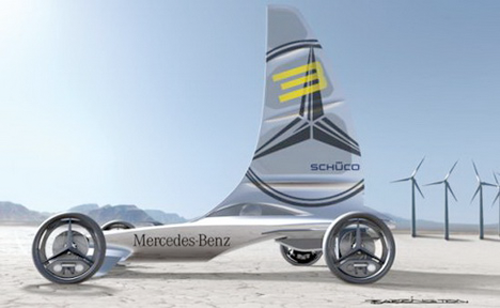
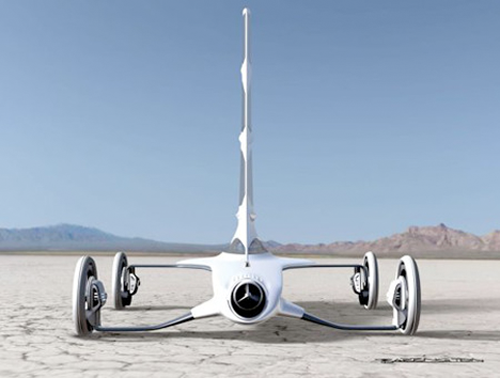
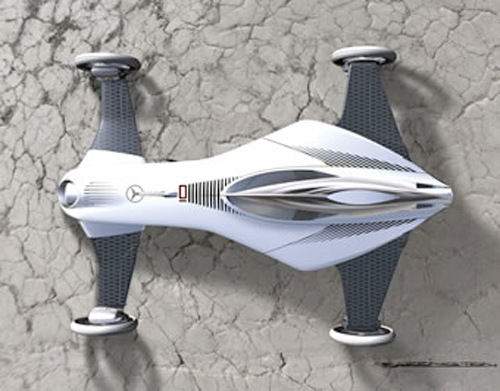
above: mercedes-benz formula zero

above: Antro Solo ( photo: ecoist )

above: SEAT Brisa ( photo: ecoist )
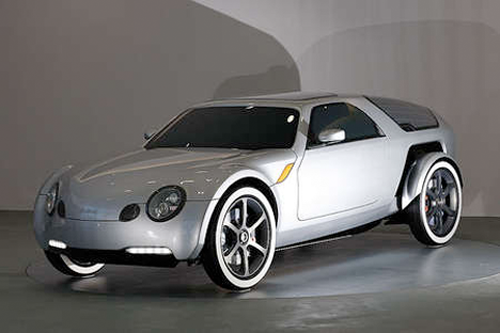
above: Minset Six50

above: Lotus Eco Elise

above: the Enigma

above: Eve
Some of these concept cars may never see the light of day. But they are inspiring. And they shout “green” wherever they show up.
Innovation. We introduce a new method for measuring the three-dimensional surface of a page using only a commodity scanner and without modifying the document in any way. Elementary my dear Watson. via boingboing [PR]
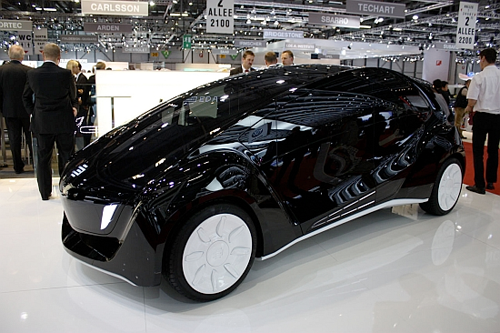
Automobile developer of low-volume concepts, EDAG hasn’t left any stone unturned with their newest concept the “Light Car – Open Source.”
Made from 100% recyclable basalt fiber chassis, the electric car can drive close to 100 miles on a full recharge.
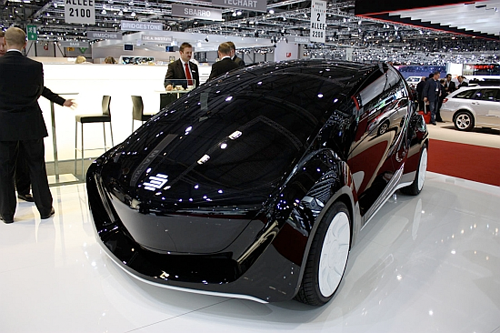
A feature that makes the car stand out is the use of high-end OLED technology all through the design. The rear of the car uses OLEDs to show trailing vehicles the amount of braking force needed to prevent a bang. The headlights and turn signals are all OLED panels that are invisible when off. The entire “glass cockpit” display system not only makes your ride technically advanced, but also allows the driver to position the speedometer anywhere he or she likes.
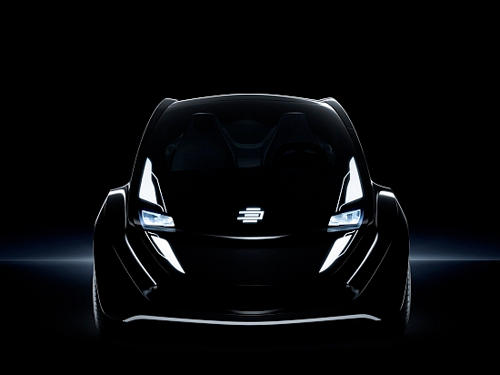
When will we see this car? Not for another decade as we wait for technology to catch up. Moreover, a range of 100 miles and a low top speed are also a few drawbacks that EDAG needs to look after.
What are OLEDs?
Producer: EDAG
All content ©2007 > 2024 DesignApplause